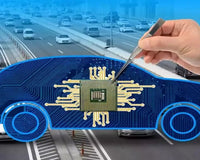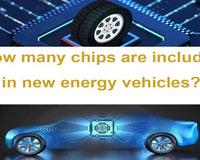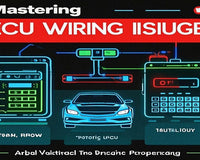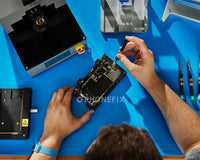ECU is a self-contained system that regulates one or more aspects of a vehicle.We can think of the ECU as the brain of the car, which responsible for managing various systems such as engine performance, fuel efficiency, and emissions control. there are many chips on the ECU. ECU chip is designed by specific functional requirements and has high performance and reliability.
The chips used in automotive ECUs mainly include ECU Driver IC, microcontroller IC, digital information processor IC, flash memory IC, interface chip, ect.However, like any electronic device, ECU chips can also sometimes fail or require upgrading.
When something breaks, we think about how to fix it, most importantly, how much is this going to end up costing us.
However, the cost of replacing an ECU chip can vary depending on several factors.
a) Vehicle Make and Model: Different vehicle manufacturers may use different types of ECUs, which can affect the cost of replacement.
b) ECU Complexity: The complexity of the ECU and its associated software can influence the cost of replacement.
c) Warranty Coverage: If the vehicle is still under warranty, the cost of replacing the ECU chip may be covered by the manufacturer.
d) Labor Charges: The cost of labor involved in replacing the ECU chip can vary depending on the mechanic or dealership.
Some car enthusiasts with technical knowledge may attempt to replace the ECU chip themselves, which can save on labor costs. However, it is crucial to have the necessary expertise and tools to avoid damaging the vehicle’s electrical system.
In some cases, it may also be necessary to prepare an ECU programmer to require reprogramming ECU or recalibrating the vehicle’s systems. This can incur additional costs, depending on the complexity of the process and the expertise required.
The cost of replacing automotive ECU chips can vary depending on factors such as vehicle make and model, ECU complexity, warranty coverage, and labor charges. it is recommended to seek professional assistance to ensure proper installation and avoid potential safety hazards.









